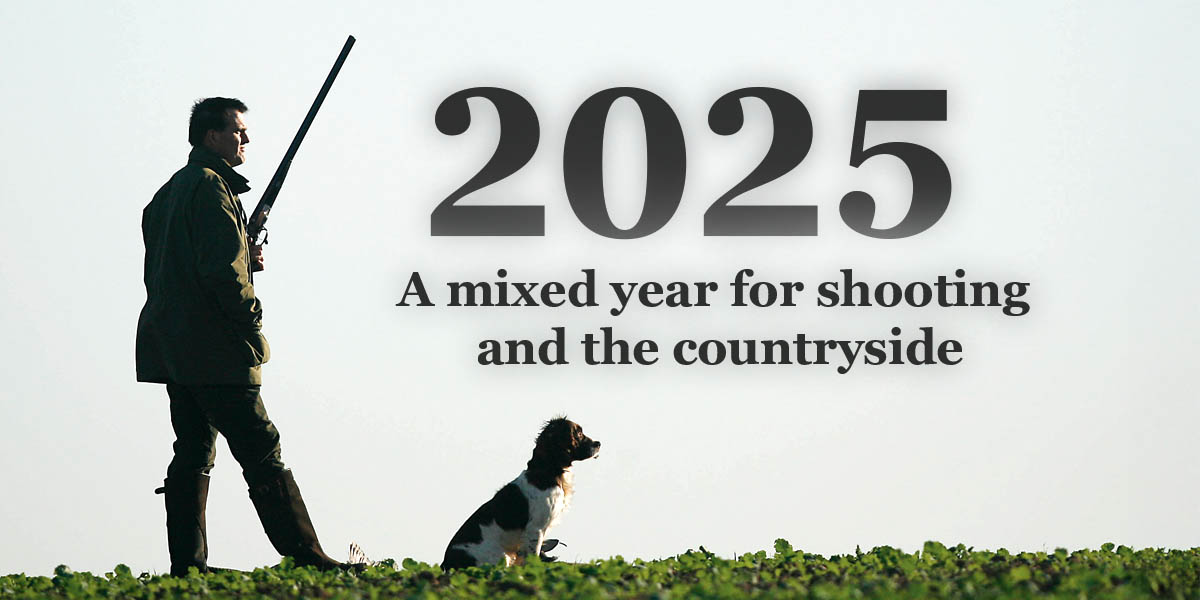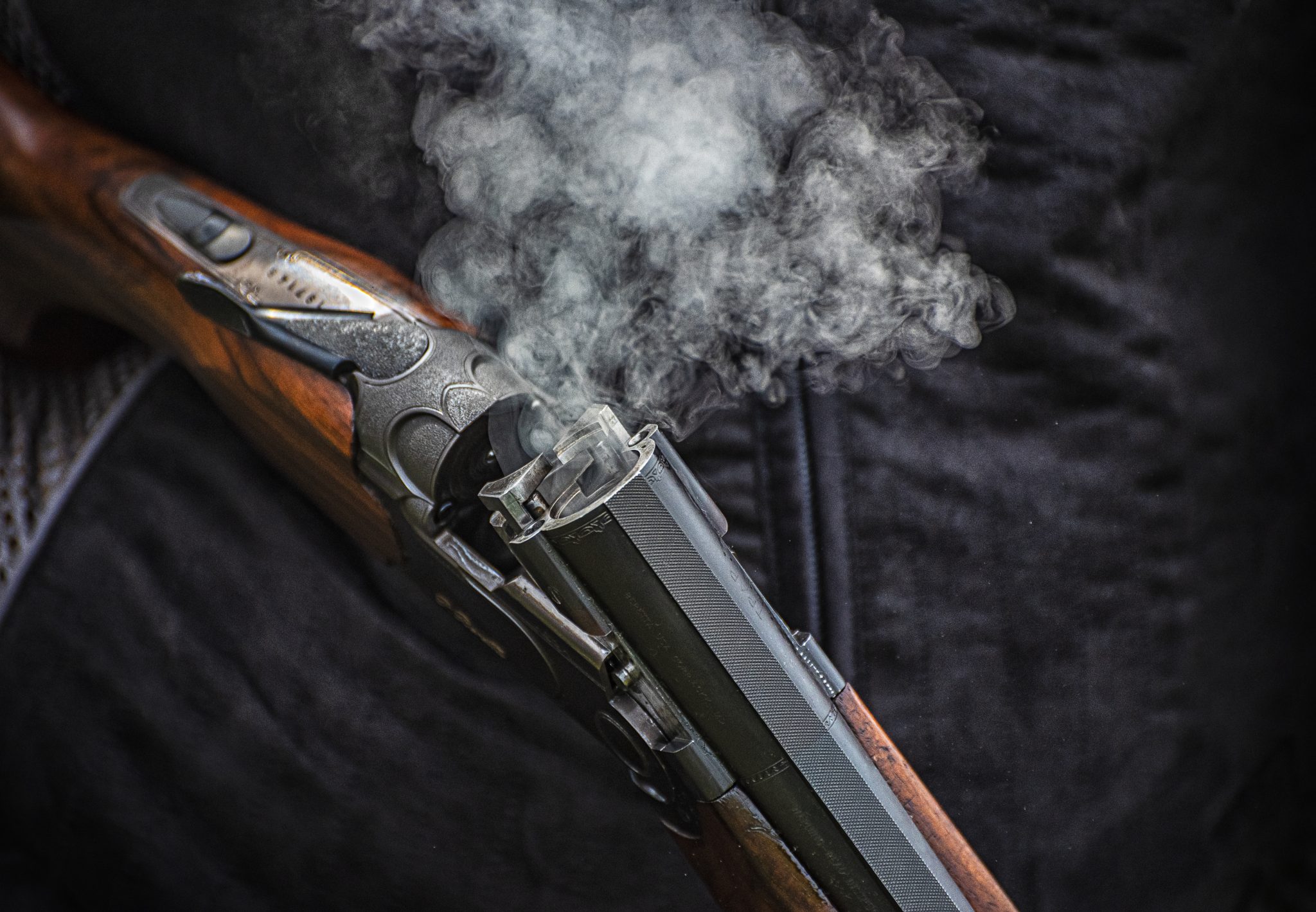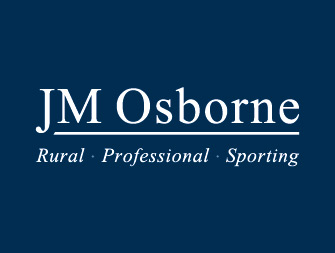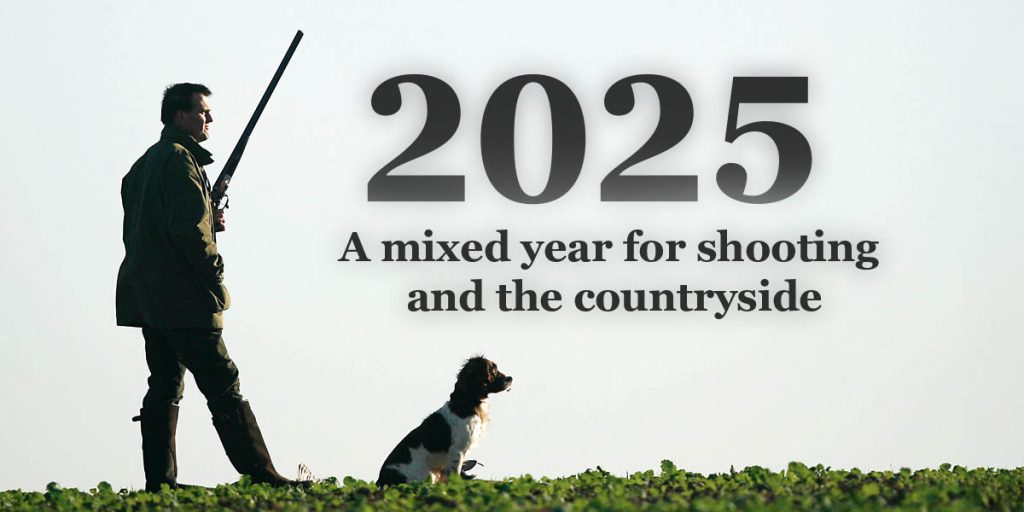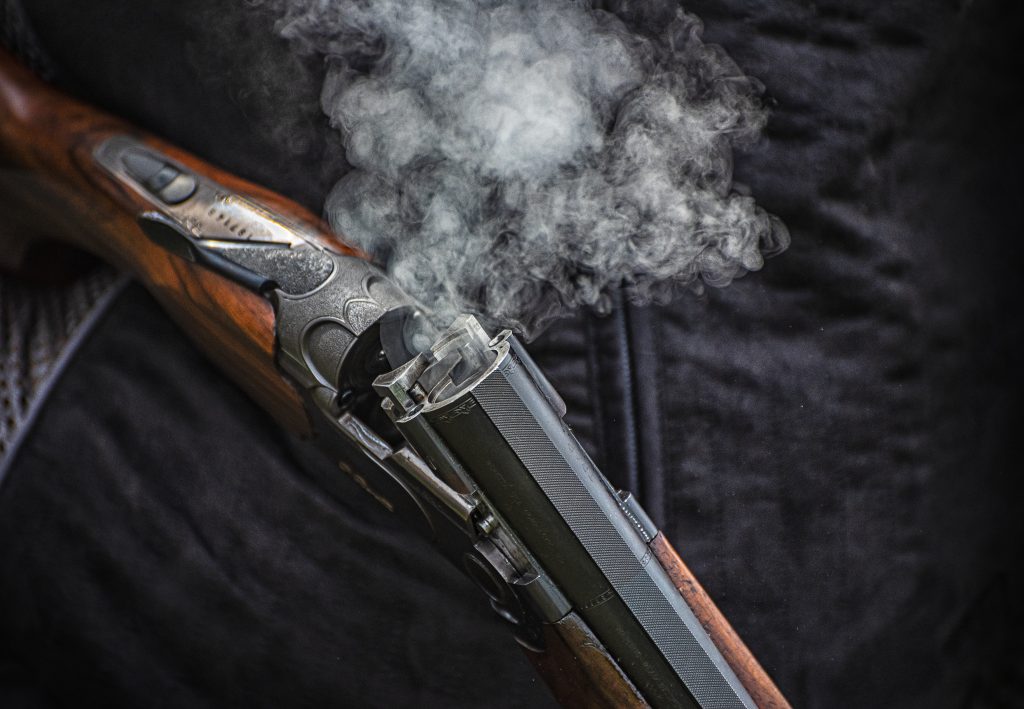Win CENS ProFlex DX5 earplugs worth £1,149 – enter here
Around the world – Germany
The Germans have an almost spiritual view of hunting and quarry is revered, so companies must meet demand for quality, says Felix Petit
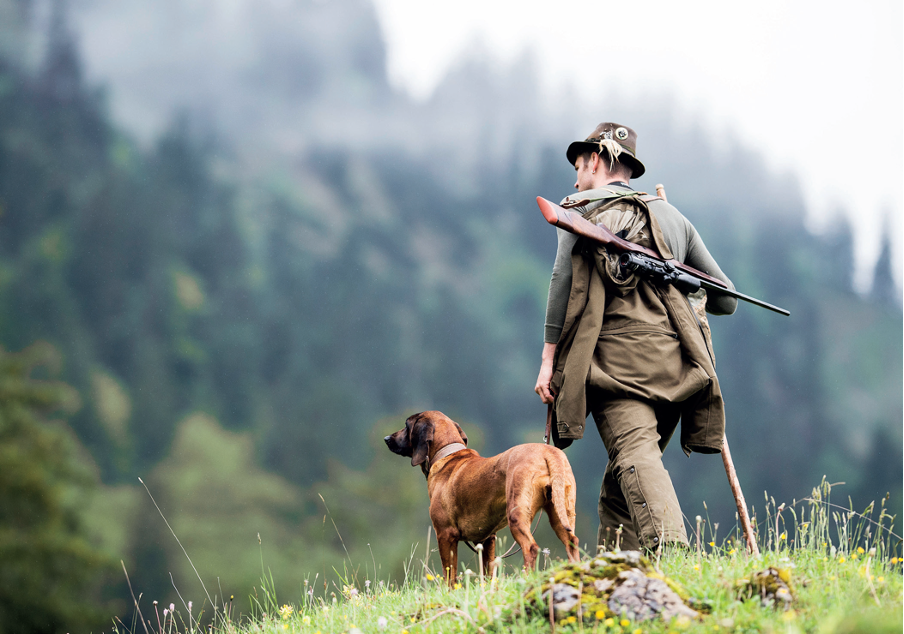
Hunting forms a central part of German folklore, and few nations have a more intimate and ritualistic relationship with the outdoors. Rather than the allemansrätten of Sweden or Scotland’s right to roam, the Germans operate a system of betretungsrecht, which is less of a free-for-all and more a carefully managed access to the country’s wild spaces.
In a similar vein, their wildlife is closely guarded with strict hunting laws that require anyone who wishes to take game to have a valid hunting licence. To obtain such a document requires passing a hunting examination and meeting specific requirements set by federal hunting law. This includes both a written and practical assessment, as well as a shooting test.
German hunter Freddy Lietz says: “Hunting in Germany is characterised by respect for tradition and a high level of expertise. For me, this, combined with the preservation of tradition, is what makes German hunting what it is.” Through this education process, a jungjaeger – or “young hunter” – can at length become a jaegermeister. This, as well as being a liqueur devised in 1934 by keen hunter and distiller Curt Mast, means master of the hunt, or game warden.
Symbolic
In German culture, hunting takes on an almost sacred quality, emphasised through extensive literature and poetry. In 1880, Oskar von Riesenthal, a royal forester near Berlin, wrote the poem Waidmannsheil that has become the hunter’s oath, lending the practice a further symbolic importance:
This is the hunter’s badge of glory,
That he protects and tends his quarry,
Hunt with honour, as is due,
And through the beast to God is true.
The word waidmannsheil is itself a traditional hunter’s greeting that means “good hunting.” It might be uttered by someone as they are left at their high seat or on peg before a drive, and the correct response to waidmannsheil is waidmannsdank. The German hunting sphere is bursting with authentic cultural peculiarities like this.
Jaegersprache, a hunting vocabulary with medieval roots, contains thousands of hunting-specific terms, including phrases for individual horn commands used on driven game hunts. One such word is hallali, which translates into “death holloa” and signals those present to remove their hats out of respect for the animals killed once the hunt has concluded.
Letzter bissen or “last bite” is one of the most poignant German hunting traditions. It involves placing a small branch across the mouth of any cloven-hooved game as a ceremonial final meal during the presentation of the bag.
Germany’s selection of task-specific hunting dog breeds, from the Munsterlander and Dachshund to various pointers, illustrates perfectly the country’s total commitment to appropriate and particular tools for a job. It is no surprise, then, that the Germans are as meticulous with their hunting clothing and equipment as they are about the etiquette and activities.
Ethical
Mark Karn, UK account manager with German optic expert Leica, says that products tested and built in Germany over the years benefit from the mechanical expertise for which the country is known. He says that at Leica, and in Germany as a whole, riflescopes are seen as an important component to carry out humane, ethical, and sustainable hunting.
He adds that to fulfil this key role in the eyes of the hunter and the wider public, “the products have to be robust and offer the user the best quality image across a wide range of conditions.” He believes that the popularity of hunting in Germany and the prestige of the Leica brand means “the majority of employees working on the design and functionality of Leica products are qualified hunters themselves, which gives them a precise understanding of the requirements for the consumers.”
Mark says Germany’s long-standing reputation as optic experts has been hard earned. Their prowess is the result of consistent boundary-pushing over the past 150 years – which has been fuelled by industry demand – and that Germanic optic brands are rightly recognised for this reason as sector pioneers.
Mark believes the German approach to hunting is rather different from that of the UK. “A German driven hunt beautifully combines the new with the old. They will likely use cutting-edge optics with a wide field of view to maximise the driven experience and to follow game. However, they are still pleasingly adherent to traditional German practices such as strecke legen, where the game taken during the hunt is laid out in rows on foliage. This ceremony sometimes even involves surrounding the game with burning logs and playing horns, with a different tune for each type of game. It is a method for the hunters to pay their last respects to their quarry before the meat is taken to the gamedealers.”
Faye Napper of Zeiss, another of Germany’s optic authorities, agrees that its products benefit hugely from the company’s German heritage. She says German hunting practices and the prevailing economic conditions are massively demanding, leaving little room in the market for anything but what she calls a “user-centric design philosophy that requires consistent efforts at the attainment of technical perfection.”
Due to German legislation, Faye says Zeiss must adhere to “stringent environmental regulations incorporating sustainable practices into its production processes.” She continues: “German optic users are usually fairly exacting and offer plenty of useful feedback which closely informs the development and continual improvement of Zeiss offerings.”
Rigorous
Faye thinks that Germans exhibit a distinct approach to hunting and outdoor activities shaped by cultural, historical, and regulatory factors. “Germany has strict laws governing hunting practices, emphasising sustainability and wildlife conservation, which require hunters to undergo rigorous training and obtain licences,” she says. “This regulatory framework fosters a strong societal respect for nature, with many hunters participating in initiatives aimed at preserving habitats and promoting biodiversity.”
Andy Norris, sporting division manager at Viking Arms, which works closely with German rifle producers Jaeger and Merkel, believes: “German hunters are more demanding than most, and aspire to products that are both high quality and functional.”
He continues: “In my experience, German outdoor and hunting firms have more pride in their equipment than companies in comparable sectors in other countries. Hunting is embedded in German culture. Americans tend to focus on price and functionality, whereas the Germans seem to be greater appreciators of aesthetics and a bit of friendly technical one-upmanship.”
The list of technology-driven German hunting manufacturers is extensive and includes top-tier optic producers, such as Steiner and Schmidt & Bender, and world-famous gunsmiths Blaser and Mauser. The team at Blaser told us their shotguns have “long earned a reputation for groundbreaking innovation, high safety, and peak performance.”
Continuity
The German commitment to detail-oriented products extends to Schöffel jackets, Solingen knives, and Meindl boots. This approach has been part of the personality of Germany for centuries, and it is this continuity informed by responsibility that is so often the hallmark of German outdoor products.
The forests that still cover much of Germany have helped maintain its close relationship with the natural world even in the face of industrialisation. The German hunting traditions that have evolved during the past few hundred years seem as important to hunters as the actual search for the game and continue to engender in them a healthy respect for their kit and their quarry.
Related Articles
Get the latest news delivered direct to your door
Subscribe to Shooting Times & Country
Discover the ultimate companion for field sports enthusiasts with Shooting Times & Country Magazine, the UK’s leading weekly publication that has been at the forefront of shooting culture since 1882. Subscribers gain access to expert tips, comprehensive gear reviews, seasonal advice and a vibrant community of like-minded shooters.
Save on shop price when you subscribe with weekly issues featuring in-depth articles on gundog training, exclusive member offers and access to the digital back issue library. A Shooting Times & Country subscription is more than a magazine, don’t just read about the countryside; immerse yourself in its most authoritative and engaging publication.



